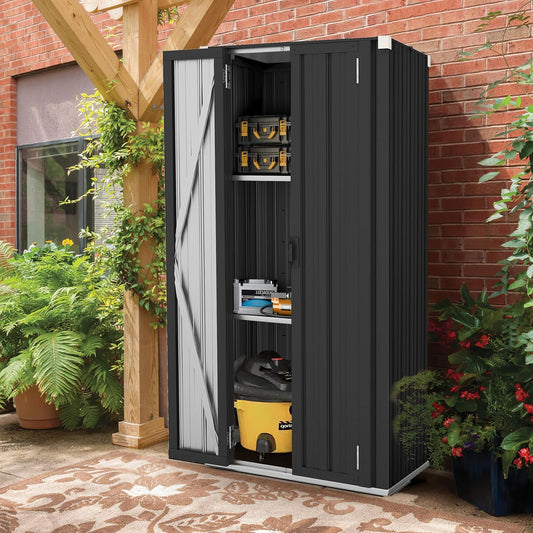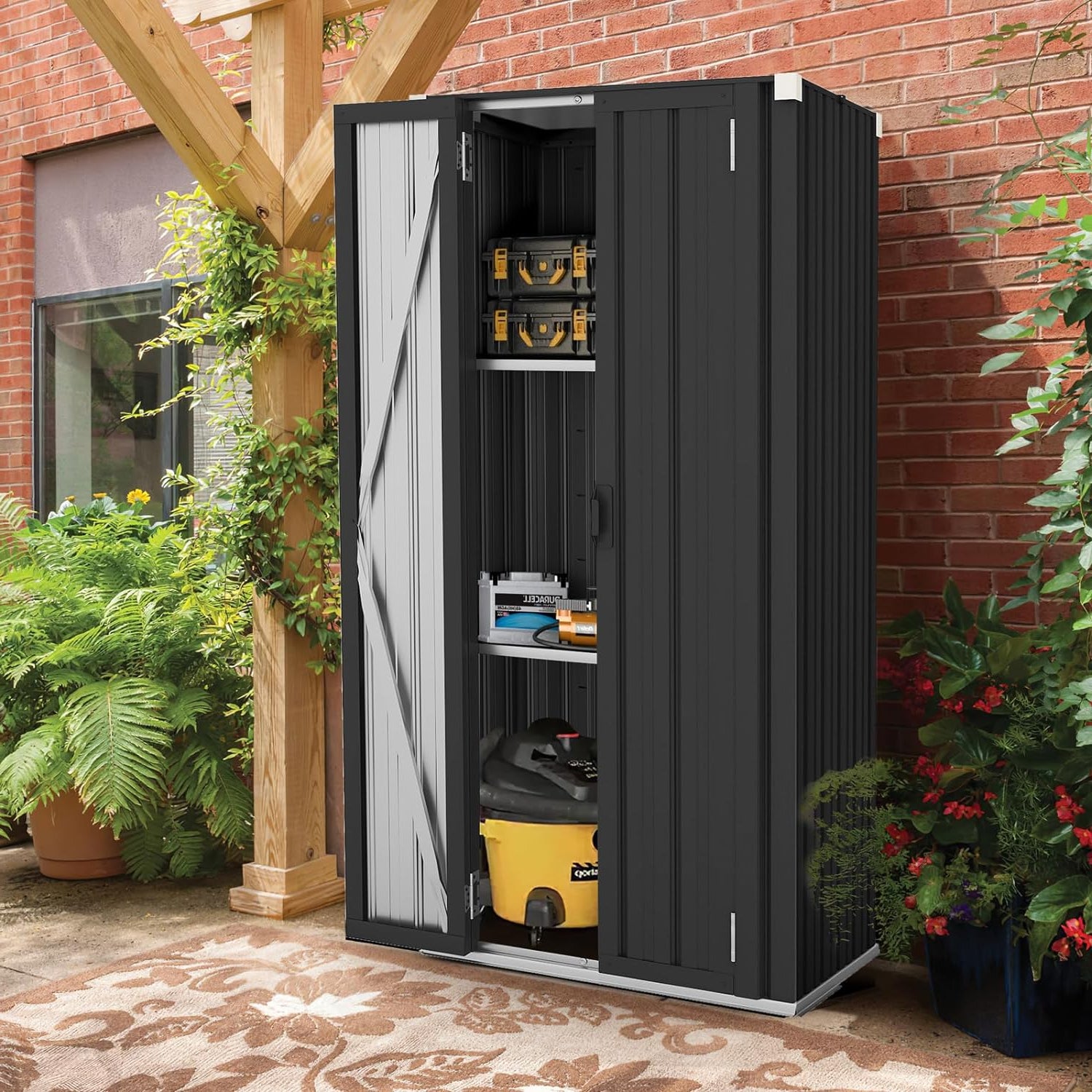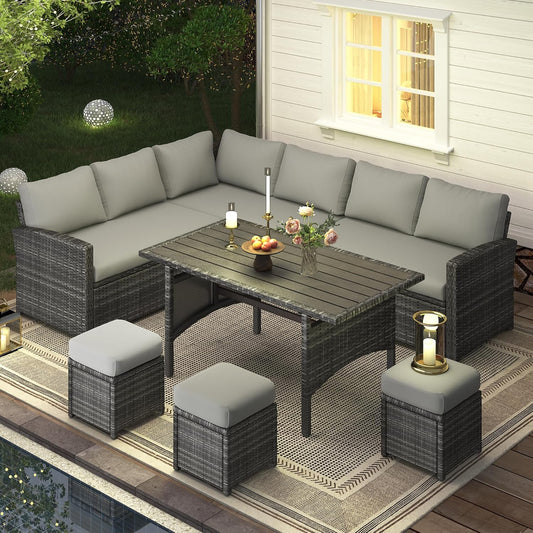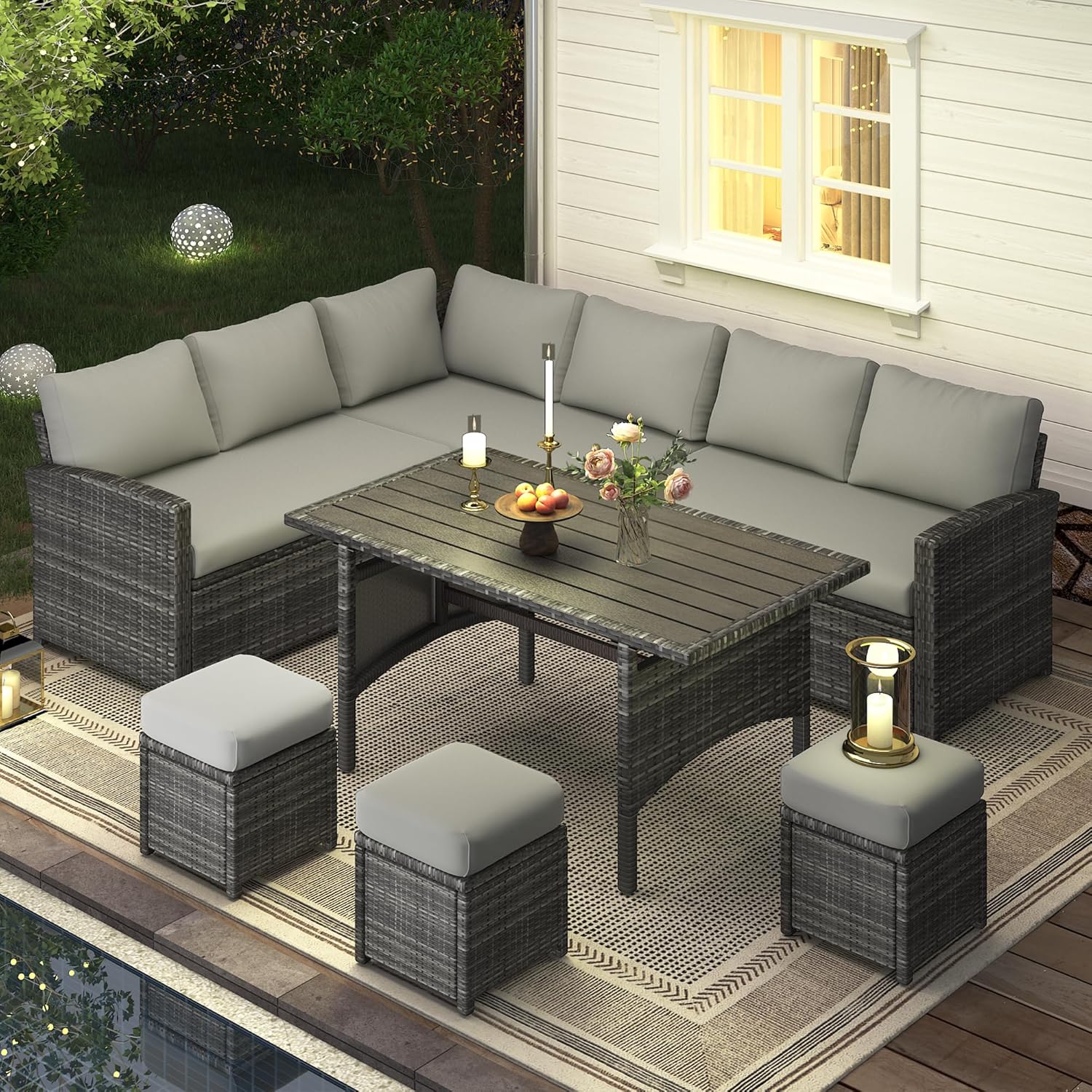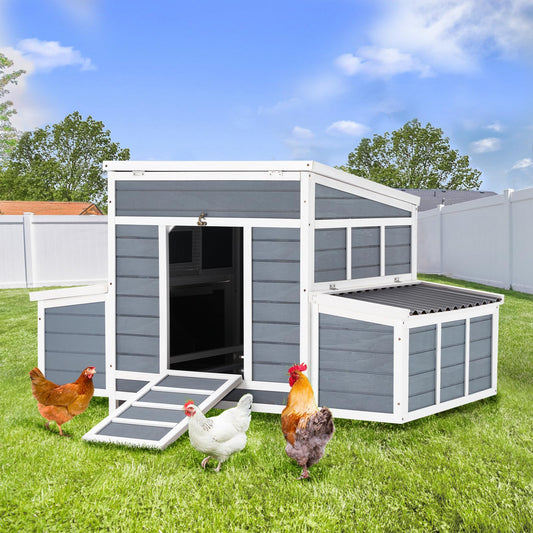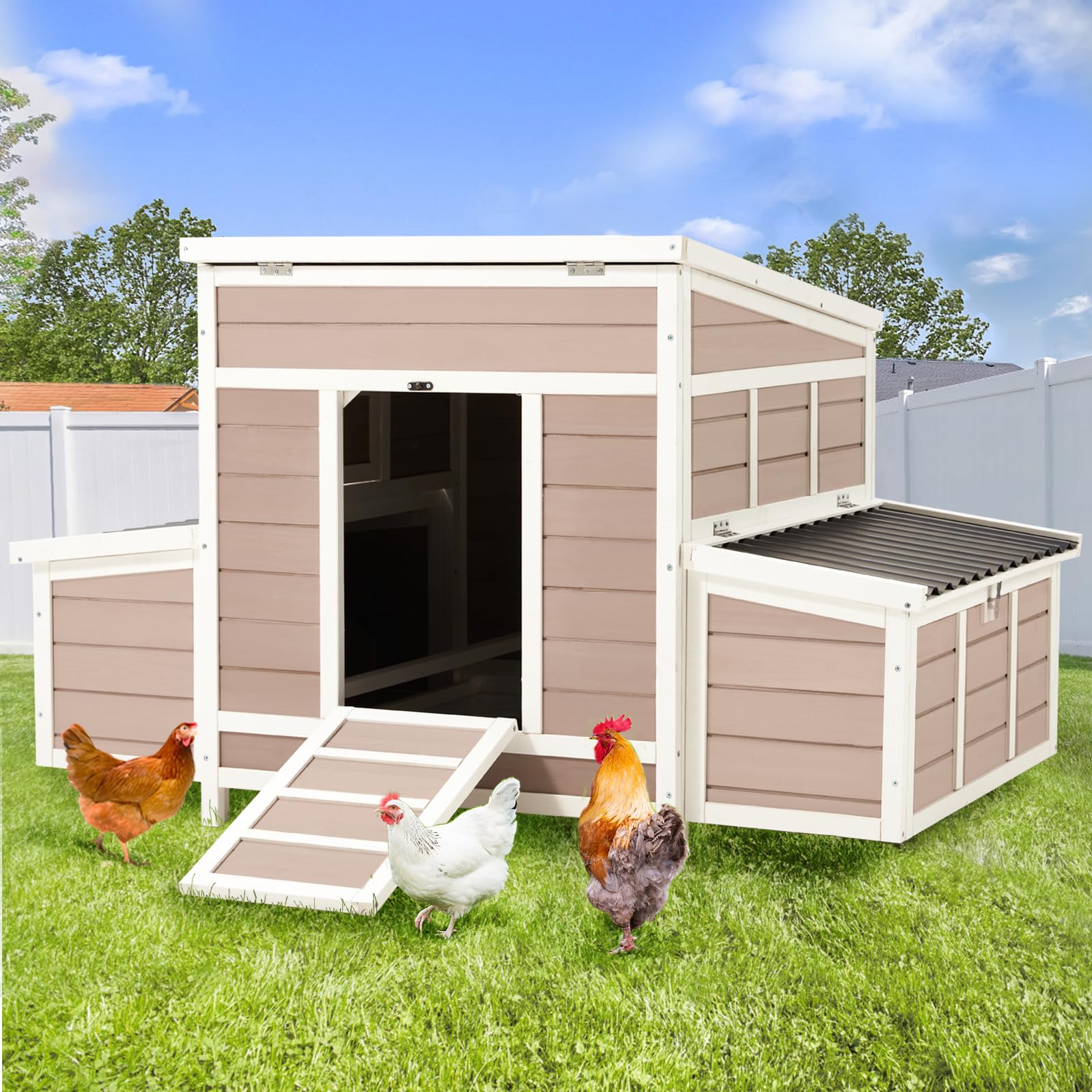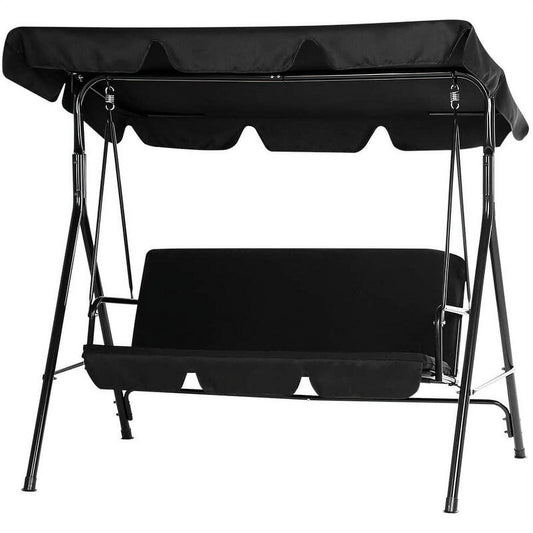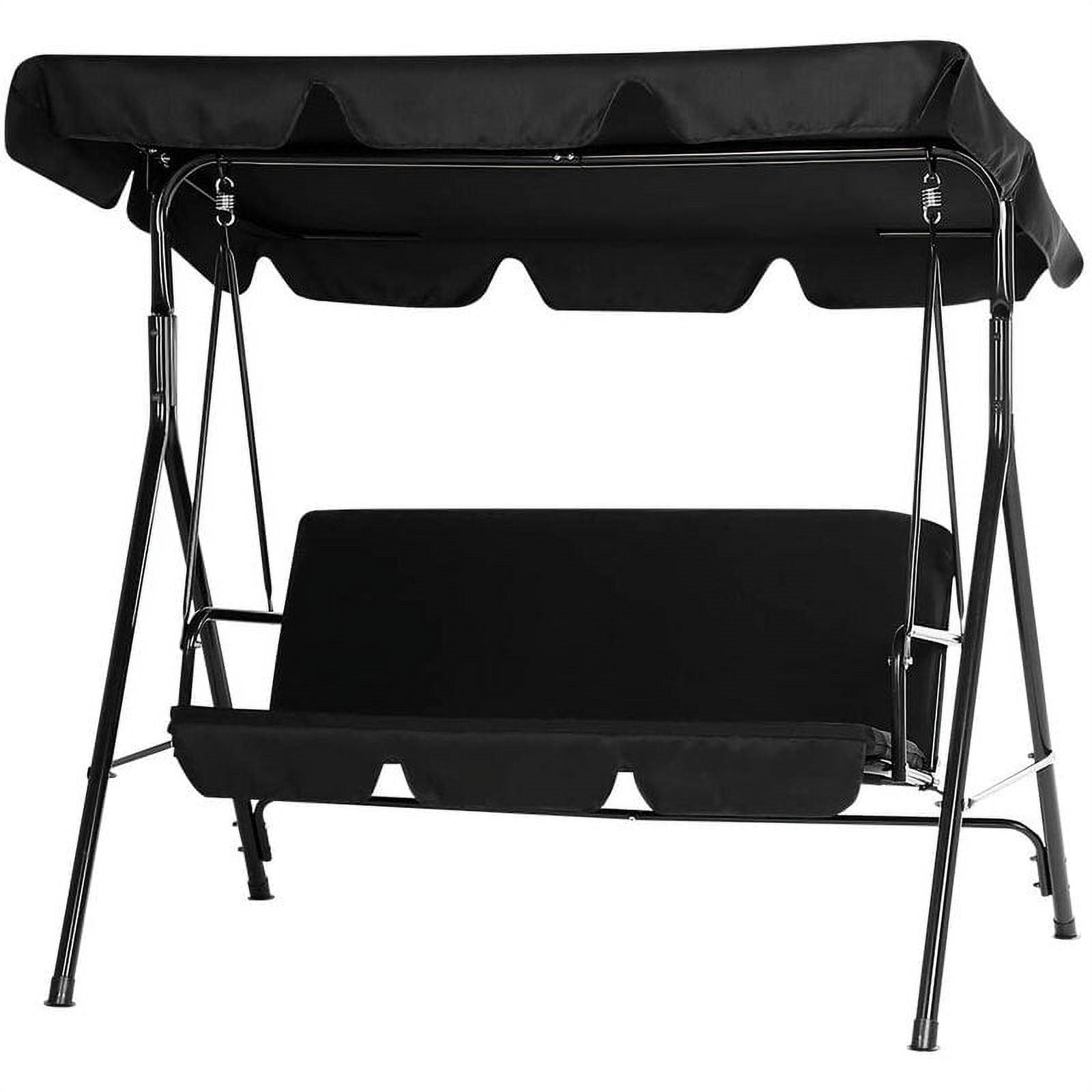In today’s homes, where space is often at a premium, furniture that does double duty is a must-have. Sofa beds are perfect examples, and two popular options stand out: the foldable sofa bed and the sectional sofa bed. Both are designed to save space while offering seating and sleeping solutions, but they cater to different needs.
Foldable sofa beds are known for their compactness and easy conversion, making them a hit in small apartments. Sectional sofa beds, on the other hand, combine the flexibility of sectional seating with the functionality of a sleeper sofa bed, ideal for larger spaces. Whether you’re a business owner furnishing a studio rental or a homeowner looking to maximize your living room, knowing the differences can help you choose. Let’s start by getting to know the foldable sofa bed better.
What Is a Foldable Sofa Bed?
A foldable sofa bed is a versatile piece of furniture that transforms from a sofa into a bed by folding or unfolding its frame and mattress. It’s designed to be compact, making it a top choice for small living spaces where every square foot counts.
At its core, a foldable sofa bed has a sturdy frame—usually metal or solid wood—that supports both seating and sleeping. The mattress is typically a thin yet supportive foam or innerspring pad that folds neatly when the sofa is in use. Some models, like the convertible lazy sofa bed, have a more relaxed design, with a backrest that folds down to create a bed.
There are a few common types of foldable sofa beds:
- Pull-out models: The mattress slides out from under the sofa seat, unfolding into a bed.
- Fold-down models: The backrest folds flat, turning the entire sofa surface into a bed.
- Convertible lazy sofa bed: A casual style where the seat and backrest adjust to form a cozy bed, great for lounging.
Foldable sofa beds often come in single sofa bed sizes, perfect for one person, but there are larger options that can fit two. Their biggest appeal is their space-saving design—when not in use as a bed, they take up no more room than a regular sofa. Modern sofa bed designs also mean they look stylish, so you don’t have to sacrifice aesthetics for functionality.
|
Type of Foldable Sofa Bed |
Conversion Method |
Best For |
|
Pull-out model |
Mattress slides out from under the seat |
Those who want a separate mattress for sleeping |
|
Fold-down model |
Backrest folds flat to form a bed |
Quick conversion needs |
|
Convertible lazy sofa bed |
Seat and backrest adjust to a relaxed bed |
Casual lounging and occasional sleeping |
Looking for a cozy yet functional piece that rivals a sectional sofa bed in versatility? The Yodolla 3-in-1 convertible sofa bed in teddy white is a standout—easily switching from a sofa to a lounger to a bed, perfect for small spaces where a full sectional sofa bed might be too big.

What Is a Sectional Sofa Bed?
A sectional sofa bed is a combination of connected seating pieces that form a cohesive sofa and can convert into a bed. Unlike a single-piece sofa, it’s made of modular sections (like a corner piece, armchairs, and a central sofa) that fit together, giving it the flexibility of a sectional with the functionality of a sleeper sofa bed.
The frame is typically sturdy wood or metal, built to support both daily seating and occasional sleeping. The sleeping mechanism varies: some have a pull-out mattress hidden in one of the sections, while others let you flatten a section of the sofa to form a bed. This makes it a versatile choice for those who want both a spacious seating area and a guest bed.
Sectional sofa beds come in various configurations, such as L-shaped or U-shaped, which naturally divide a room into cozy zones. They often include extra features like storage in the seat cushions or ottomans that double as footrests. While they can be larger than a foldable sofa bed, modern sofa bed designs have slimmed down their profiles, making them suitable for medium to large spaces.
|
Common Sectional Sofa Bed Configurations |
Conversion Style |
Best For |
|
L-shaped with pull-out bed |
Mattress slides from the corner section |
Hosting multiple guests |
|
U-shaped with fold-flat section |
One section flattens to form a bed |
Large families or frequent gatherings |
|
Small sectional with convertible seat |
A single seat folds into a bed |
Balancing seating and sleeping needs |
Which One Saves More Space?
Space efficiency is a top concern for most, and the answer depends on your room size and how you use the furniture. Let’s break it down.
Foldable Sofa Bed: Compact by Design
Foldable sofa beds are champions of small spaces. A single sofa bed version takes up as little as 6–8 square feet when in sofa mode—about the size of a love seat. Even larger models (for two people) stay compact, making them ideal for studio apartments or tiny living rooms. When converted to a bed, they expand only as much as needed, and when folded back, they tuck neatly into their original footprint.
The convertible lazy sofa bed is a standout here: its relaxed, low-profile design doesn’t feel bulky, even in tight corners. For those who need to maximize every inch, this space-saving feature is hard to beat.
Sectional Sofa Bed: Smart Use of Layout
Sectional sofa beds are larger but use space strategically. Their L-shaped or U-shaped designs fit snugly into corners, which often go unused in a room. This means they can seat more people (6–8) without taking up more floor space than a traditional sofa and chairs.
However, they do require more square footage than a foldable sofa bed. A small L-shaped sectional sofa bed might need 10–12 square feet, which is manageable in medium rooms but could overwhelm a studio. When converted to a bed, they often offer more sleeping space (fitting 2–3 people) but need extra clearance to unfold, so you’ll need to plan for that in your layout.
Quick Comparison
- Best for tiny spaces (under 300 sq ft): Foldable sofa bed, especially a single sofa bed or convertible lazy sofa bed.
- Best for medium to large spaces: Sectional sofa bed, which uses corner space efficiently while offering more seating.
- Most flexible for variable spaces: Foldable sofa bed, as it can be moved easily and doesn’t lock you into a fixed layout.
If your priority is squeezing furniture into a small room, a foldable sofa bed wins. But if you have a bit more space and want to maximize seating and sleeping, a sectional sofa bed uses space smarter than a mix of separate chairs and a foldable model.
Searching for a spacious sectional sofa bed that blends style and function? The Yodolla L-shaped sofa fits the bill—its modular design offers ample seating for gatherings, while its versatility makes it a practical sectional sofa bed option for hosting guests.Wrapped in soft fabric and featuring a sturdy frame, it adds a modern touch to any living room. Perfect for larger spaces, this sectional sofa bed balances comfort and utility seamlessly.

Which One Offers Better Comfort for Sleeping?
Sleep comfort is where the two sofa bed types really start to differ, and it all comes down to design and mattress quality.
Foldable sofa beds prioritize space over bulk, so their mattresses are usually 2–4 inches thick, often made of high-density foam. This works well for single sofa bed sizes—solo sleepers will find them supportive enough for short stays, like weekend guests or a quick nap. The convertible lazy sofa bed is a standout here: its mattress is slightly thicker and more cushioned, with a relaxed angle that feels like a cozy daybed when converted. However, most foldable models have a noticeable fold line where the mattress bends, which some people find a bit uncomfortable for all-night sleep.
Sectional sofa beds, as a sleeper sofa bed, are built for more serious sleeping. Their mattresses are 3–6 inches thick, with options like memory foam or innerspring layers that contour to the body. Since they’re part of a larger modular design, the mattress lays completely flat with no fold lines—L-shaped sectional sofa beds, for example, can stretch into a queen-sized sleeping area that fits two adults comfortably. This makes them ideal for couples or families with kids who need a guest bed that feels like a real mattress.
For occasional naps or solo use, a foldable sofa bed does the job. But for overnight guests or regular use, a sectional sofa bed’s thicker, seamless mattress is hard to beat.
Which One Is Easier to Maintain and Move?
Daily upkeep and mobility are key for busy households, and here’s how the two stack up.
Foldable sofa beds are designed for hassle-free living. Most weigh 50–80 pounds, so even one person can move them—great for renters who rearrange often or live in apartments with tight stairwells. Their upholstery often comes with removable, machine-washable covers, making it easy to clean up spills from coffee or snacks. The folding mechanism is simple too: just a few hinges that need occasional dusting and a squirt of lubricant every few months to keep them smooth.
Sectional sofa beds are heavier, usually 150–300 pounds, but their modular design helps. You can detach the sections to move them one by one, though getting them through narrow doorways still takes some planning. Maintenance depends on the fabric: leather or faux leather options wipe clean easily, while linen or cotton may need spot cleaning or professional steaming. The pull-out sleeper sofa bed mechanism has more parts, so it’s smart to check the sliders and hinges quarterly to make sure they don’t get stuck. On the plus side, if one section gets stained or damaged, you can replace just that part instead of the whole sofa.
If you want easy moving and low-effort cleaning, go with a foldable sofa bed. If you don’t mind a bit more work for durability and size, a sectional sofa bed is worth it.
Need a compact seating solution that pulls double duty? The Yodolla 36" convertible chair bed in saddle brown is a smart choice—use it as a cozy accent chair for daily lounging, then easily convert it to a small bed for overnight guests. Its rich saddle brown hue adds warmth to any room, while the sturdy build ensures durability. Perfect for tiny apartments or home offices, it maximizes space without sacrificing style or comfort.

Which One Is More Suitable for Your Living Situation?
The “better” choice depends on your space, habits, and who uses the sofa bed most.
Foldable sofa beds are perfect for small spaces: studio apartments, tiny balconies, or home offices that double as guest rooms. They’re great for renters, students, or anyone who doesn’t have room for bulky furniture. A single sofa bed or convertible lazy sofa bed fits neatly in these spots, offering seating by day and a bed by night without cluttering the room.
Sectional sofa beds thrive in medium to large living rooms. Families who host frequent gatherings will love how they seat 6–8 people, while the built-in sleeper sofa bed means no more scrambling for extra beds when guests stay over. Modern sofa bed designs also make them stylish enough for formal living rooms, blending in with decor instead of sticking out as “just a functional piece.”
If your home is tight on space and you need flexibility, a foldable sofa bed is the way to go. If you have room to spare and want furniture that works for both seating and sleeping, a sectional sofa bed is a solid investment.
Cost Comparison: Which One Offers Better Value?
When it comes to cost, foldable sofa beds and sectional sofa beds sit at different price points, but value depends on how you use them.
Foldable sofa beds are generally more budget-friendly, especially single sofa bed models or basic convertible lazy sofa bed designs. Their simpler construction—fewer materials and a compact frame—keeps costs down. Even high-quality foldable sofa beds with durable foam mattresses and sturdy hinges are often easier on the wallet than sectional options. For those who need occasional sleeping space without a big investment, this makes them a great value.
Sectional sofa beds, with their modular design, thicker mattresses, and larger size, tend to cost more. The price goes up with features like memory foam mattresses, leather upholstery, or built-in storage. However, they offer more long-term value for families or frequent hosts—you’re getting a spacious seating set and a sleeper sofa bed in one, which can be cheaper than buying a separate sofa and guest bed. Modern sofa bed designs also mean they hold their value well, making them a worthwhile investment for homeowners planning to stay in their space.
In short, foldable sofa beds win for upfront affordability, while sectional sofa beds offer better value for those who need more space and functionality.
Conclusion
Choosing between a foldable sofa bed and a sectional sofa bed boils down to your space, lifestyle, and priorities.
Foldable sofa beds are the champions of small spaces and flexibility. They shine in studios, apartments, or any area where saving room is key. With options like the single sofa bed and convertible lazy sofa bed, they offer easy conversion, low maintenance, and budget-friendly prices—perfect for renters, students, or anyone who needs occasional sleeping space.
Sectional sofa beds, on the other hand, are ideal for larger rooms and those who love hosting. Their modular design provides ample seating for gatherings, while the sleeper sofa bed ensures guests have a comfortable place to stay. Though pricier and bulkier, they deliver long-term value with their durability and versatility, fitting seamlessly into modern living rooms.
Ultimately, there’s no one “better” option—only the one that fits your life. If space and cost are top concerns, go foldable. If you want to maximize seating and sleeping space for years to come, sectional is the way to go. Either way, both sofa beds prove that great furniture can be both functional and stylish.















